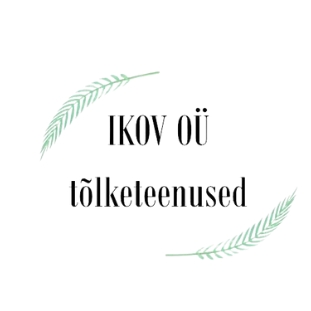5 tips for effective cross-cultural communication
In an increasingly interconnected world, the ability to communicate across cultures is not just a nice-to-have skill, it's a business imperative. For professionals and companies involved in international trade, legal affairs, or cultural exchanges, effective cross-cultural communication is essential to success. It ensures that your message is not just translated, but also culturally adapted to resonate with your audience.
Tip 1: Learn the Basics of the Language
Even a basic understanding of the language can go a long way in cross-cultural interactions. It demonstrates respect and a willingness to engage with the other culture. While fluency may not be necessary, knowing key phrases can help bridge communication gaps.
When language barriers are too high to cross on your own, professional translation services like those offered by IKOV OÜ become invaluable. Accurate translations ensure that the nuances of language and meaning are preserved, making communication more effective.
Tip 2: Educate Yourself on Cultural Norms and Values
Before engaging in cross-cultural communication, take the time to learn about the other culture's norms, values, and etiquette. This knowledge can prevent misunderstandings and show your counterparts that you value and respect their culture.
Each culture has its own preferred style of communication, whether it's direct or indirect, formal or informal. Adapting your approach to align with these preferences can greatly enhance the effectiveness of your communication.
Tip 3: Be Mindful of Non-Verbal Cues
Non-verbal communication can be just as important as verbal communication, especially across cultures. Be aware of body language, facial expressions, and gestures, as they can convey different meanings in different cultures.
Etiquette and manners play a significant role in communication. Understanding the appropriate behavior in a business or social context can help you navigate cross-cultural interactions more smoothly.
Tip 4: Practice Active Listening
Active listening involves fully concentrating, understanding, responding, and then remembering what is being said. In cross-cultural communication, it's important to listen not just for the content of the message, but also for the context in which it is delivered.
By showing that you are actively listening, you build trust and rapport with your communication partners. This is crucial in establishing long-term relationships across cultures.
Tip 5: Foster Openness and Flexibility
Encourage an open dialogue by inviting feedback and questions. This can help clarify any misunderstandings and provide opportunities for further learning about the other culture.
Being flexible and open to adapting your communication strategies as you learn more about the other culture is key to effective cross-cultural communication. It allows for a more authentic and engaging interaction.






Comments (0)